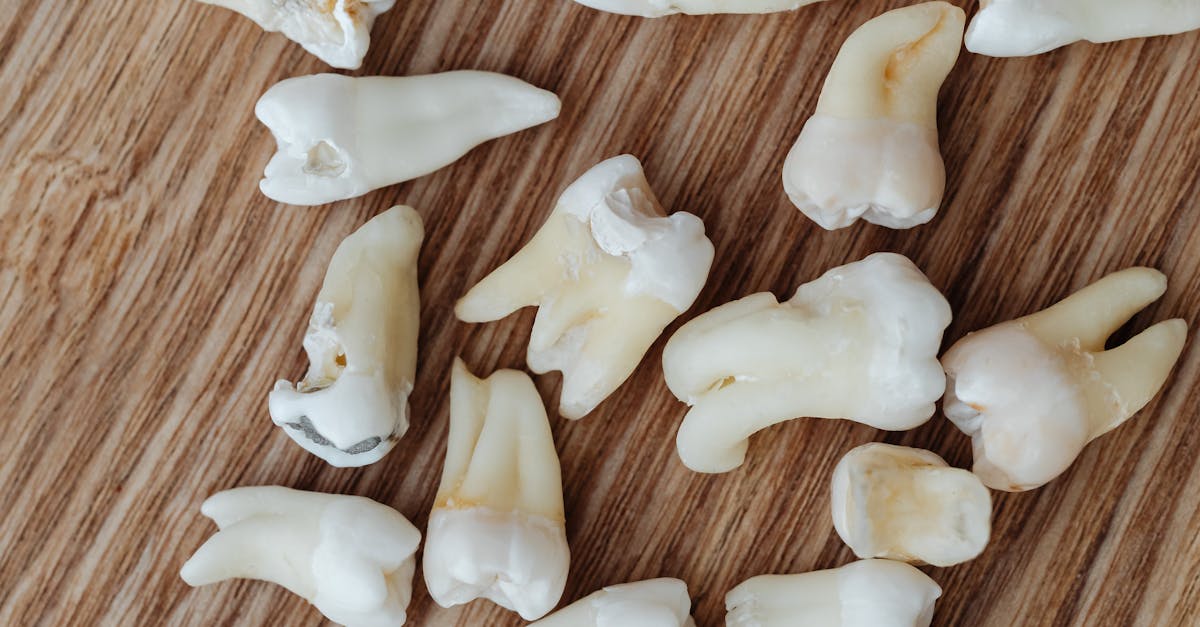
Where Can I Find Megalodon Teeth
- October 09, 2024
- 4 min Read
- Views 940
Where Can I Find Megalodon Teeth?
The quest to find megalodon teeth has ignited the interest of both marine enthusiasts and fossil hunters alike. These remarkable remnants of the prehistoric shark, which dominated the oceans around 23 to 3.6 million years ago, serve as a thrilling window into the past. But where exactly can you uncover these ancient treasures? Let's dive into the locales and techniques that can increase your chances of finding megalodon teeth.
Best Locations to Find Megalodon Teeth
To answer the question, "Where can I find megalodon teeth?" we must first identify locations with rich fossil deposits. Typically, these are areas that were once ancient seas where megalodons roamed. Here are some of the prime locations:
- The Southeast Coast of the United States: The coastlines of states like Florida, Georgia, and South Carolina are famous for megalodon teeth hunting. The coastal areas often reveal fossils washed out by storms or erosion.
- Peace River, Florida: Renowned among fossil hunters, the Peace River is a hotspot for finding megalodon teeth, particularly near its banks where sediments are constantly shifted by the water flow.
- Calvert Cliffs, Maryland: These cliffs provide a rich deposit of marine fossils dating back to the Miocene era. Megalodon teeth can be found on the beach after cliff fragments fall due to erosion.
- Cooper River, South Carolina: Scuba divers venture here to explore under the water's surface, where megalodon teeth often lay hidden beneath the sediments.
Techniques for Finding Megalodon Teeth
With numerous locations to explore, it's essential to equip yourself with the right techniques for finding these ancient treasures. Consider the following methods when hunting for megalodon teeth:
- Sifting: Utilizing a sifting screen can allow you to comb through sediment deposits along riverbanks or beaches. This method is particularly effective in areas like Peace River.
- Beachcombing: Walking along beaches, especially after storms, increases your odds of finding teeth that have washed ashore. Observing shell deposits line is a good technique.
- Scuba Diving: For more adventurous hunters, scuba diving can prove fruitful, particularly in rivers or coastal areas where tidal currents deposit megalodon teeth on riverbeds or sea floors.
- Networking with Local Fossil Clubs: Joining fossil hunting clubs offers both camaraderie and guidance from seasoned fossil hunters who know the territory well.
Essential Gear for Megalodon Teeth Hunting
Equipping yourself with the right gear is crucial to enhance the success and enjoyment of your fossil hunting adventure. Here's what you need:
- Sifting Screens and Trowels: For efficient sorting through sediments.
- Good Water Shoes: Protect your feet and provide traction on slippery rocks and surfaces.
- Diving Equipment: If you're opting to dive, ensure you have the necessary certification along with gear such as wet suits, masks, snorkels, and fins.
- GPS or Area Maps: Helps in navigating remote or less-known fossil sites.
- Storage Bags: Small containers or bags to safely transport found fossils.
Guide Steps
- Research your location: Understand the area's biological history and survey for fossils.
- Plan for the weather conditions: Always check the weather to optimize beachcombing or diving conditions.
- Choose the right tide: Fossil hunting is better during low tide which exposes more sediment layers.
- Be patient and observant: Scanning the ground and being meticulous increases the chance of spotting a megalodon tooth.
- Respect local regulations: Ensure you know and comply with local laws about fossil collection.
FAQ
How can I identify a megalodon tooth?
Megalodon teeth are typically triangular with a serrated edge and vary in size, often larger than those of modern sharks. A distinctive feature is their massive size, some reaching over 7 inches in length.
Do I need a permit to collect megalodon teeth?
Regulations vary by location. It's crucial to check with local authorities if permits are required, particularly in protected areas or historical sites.
What time of year is best for finding megalodon teeth?
While many hunt year-round, post-storm conditions and lower tides during spring and fall can expose more fossils.
Tags
fossil hunting, prehistoric shark teeth, megalodon tooth, fossil locations, diving for fossils, beachcombing, archaeological adventure, Florida fossils, South Carolina diving
References
People Also View
-
1October 02, 2024
-
2October 01, 2024
-
3October 09, 2024
-
4October 13, 2024
-
5October 03, 2024
Categories
- Near Me 2147 Posts
- How To 548 Posts
- Where To 257 Posts
- Why 90 Posts
- How Much 97 Posts
- Travel 202 Posts
- Food And Drink 815 Posts
- Shopping 797 Posts
- Lifestyle 1050 Posts
- Automotive 364 Posts
- Digital Income 70 Posts








